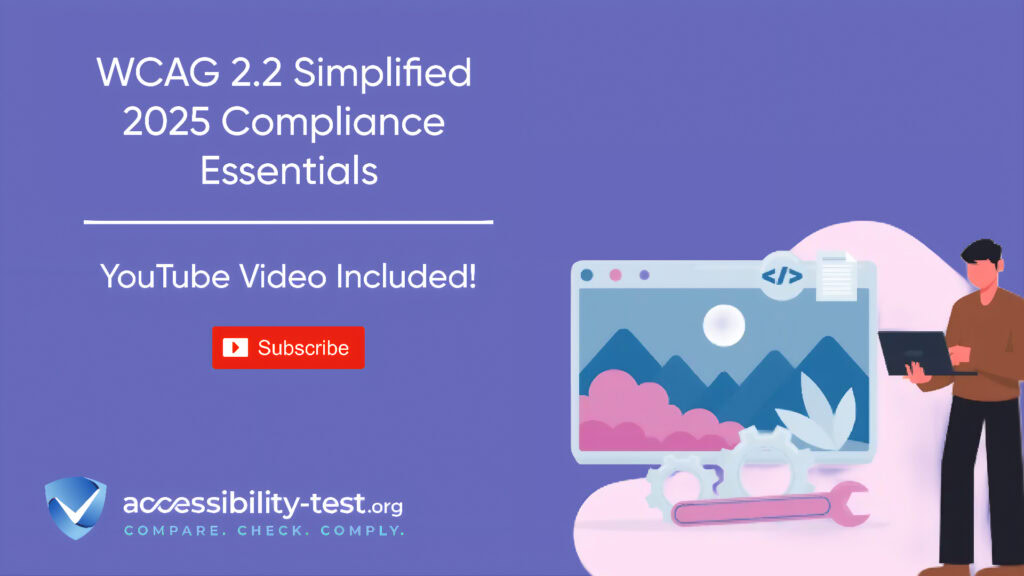What Is the WCAG 2.2
The Web Content Accessibility Guidelines (WCAG) 2.2, released in December 2023, represent a significant advancement in the efforts to make digital content more accessible to a broader audience. Designed to improve web accessibility for individuals with disabilities, these guidelines are essential for ensuring that websites and digital services meet the needs of diverse user groups. By building on the foundational principles established in earlier versions of WCAG, particularly 2.1, WCAG 2.2 provides a more refined and inclusive approach to accessibility challenges.
WCAG 2.2 is particularly noteworthy because it plays a crucial role in harmonizing accessibility standards across various jurisdictions. This alignment is vital for organizations aiming to comply with global regulations, such as the Americans with Disabilities Act (ADA) in the United States, Section 508 which pertains to federal agencies, and the European Accessibility Act (EAA) in the European Union. By adhering to these guidelines, organizations not only ensure legal compliance but also foster a more welcoming digital environment for users with varying abilities.
The guidelines focus on numerous aspects of web design and development, including perceptibility, operability, understandability, and robustness. These principles aim to address a wide array of user needs, including visual, auditory, cognitive, and motor impairments. For instance, WCAG 2.2 includes new success criteria that enhance the accessibility of web content, providing more substantial support for individuals using assistive technologies.
In essence, WCAG 2.2 is a critical tool in advancing digital inclusivity, encouraging developers and content creators to adopt best practices in accessibility. By implementing these guidelines, organizations can not only comply with legal obligations but also enhance user experience, thereby reaching a more extensive customer base and promoting equality in digital spaces.
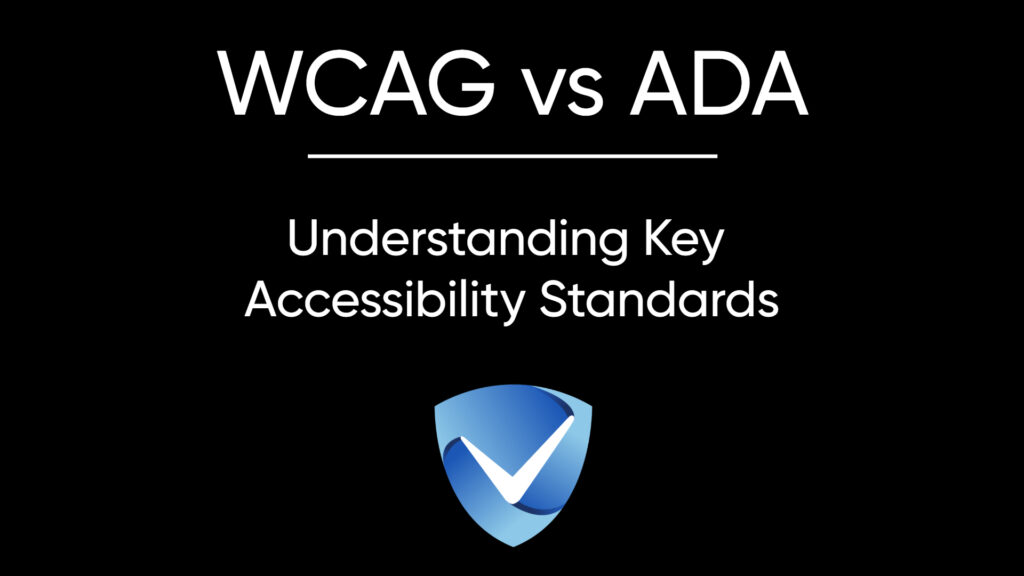
Key Changes from WCAG 2.1 to WCAG 2.2
In the progression towards more inclusive digital environments, WCAG 2.2 introduces several significant updates that enhance user experience and accessibility compared to its predecessor, WCAG 2.1. Understanding these key changes is vital for ensuring compliance and improving accessibility for all users. One of the most notable updates is the introduction of new success criteria specifically aimed at addressing touch target sizes. This criterion mandates that touch targets must be a minimum of 44 by 44 pixels, fostering greater ease of use, particularly for users with motor impairments. This adjustment acknowledges the growing prevalence of mobile usage and aims to create a more navigable experience across various devices.
Another crucial change in WCAG 2.2 relates to focus visibility guidelines. The updated focus visibility criterion ensures that users can easily perceive which element is currently selected or interacted with. This change is particularly beneficial for individuals relying on keyboard navigation, enhancing their ability to navigate interfaces swiftly and efficiently. By requiring a minimum contrast ratio for focus indicators and additional visual cues, the new guidelines aim to eliminate confusion, improving overall interaction.
Moreover, WCAG 2.2 introduces updates to existing criteria, which require organizations to reassess their current compliance measures. These enhancements not only provide clearer guidelines but also promote a more user-friendly approach to web design. The changes reflect a broader commitment to ensuring that digital spaces are accessible to all individuals, acknowledging the diverse needs of users. As organizations work towards 2025 compliance, they must carefully examine these updates and adapt their practices to incorporate the improved standards set forth in WCAG 2.2, ensuring a fully accessible experience for everyone.
Touch Target Size Requirements
The newly introduced success criterion in WCAG 2.2 emphasizes the necessity of minimum touch target sizes for interactive elements on digital platforms. According to this latest guidance, interactive elements, including buttons, links, and other clickable items, must meet a minimum dimension of 44×44 pixels. This requirement marks a significant advancement in web accessibility, especially for users who navigate using touch devices such as smartphones and tablets.
Mobile usability plays a crucial role in today’s web environment, where the prominence of touch interfaces continues to grow. By establishing a standard touch target size, WCAG 2.2 aims to enhance the user experience for a diverse audience. Larger touch targets minimize the risk of accidental clicks or selections, which can be especially challenging for individuals with motor impairments. These users may struggle with precision while navigating touch screens, making the implementation of the 44×44 pixel requirement essential for ensuring that they can interact with web applications effectively.
Furthermore, this criterion promotes a more inclusive design approach by encouraging developers to think critically about how users engage with their content. Ensuring that elements are not only easily accessible but also appropriately sized can significantly enhance navigation and overall satisfaction. The accessibility features promoted by this new standard will contribute not only to better compliance with legal requirements but also foster a more participatory web environment for everyone, ultimately enriching the digital experience.
As digital accessibility becomes a necessity rather than an option, adhering to the touch target size requirement will be essential for developers. This criterion not only reflects a commitment to inclusivity but also recognizes the wide spectrum of capabilities among users. By prioritizing effective touch target dimensions, organizations can ensure that their digital platforms remain functional and user-friendly for all individuals, regardless of their abilities.
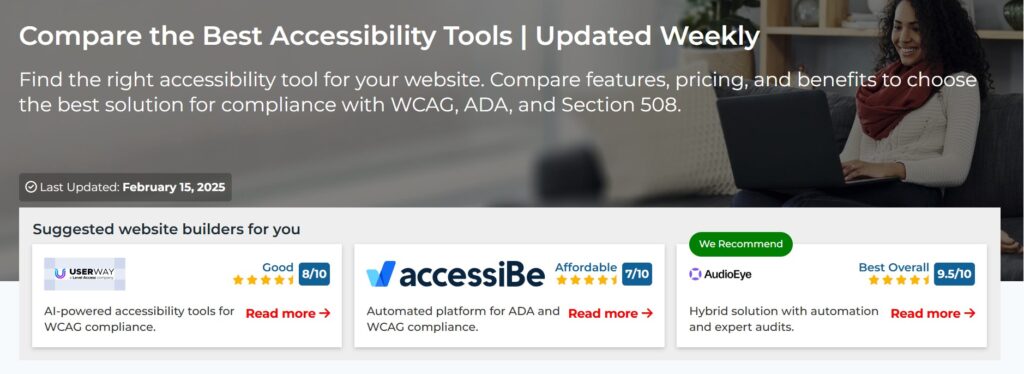
Enhanced Focus Visibility Guidelines
The Enhanced Focus Visibility Guidelines introduced within WCAG 2.2 underscore the crucial need for improved visibility of focus indicators. As digital interfaces continue to evolve, so must the standards that guide their accessibility. Clear focus indicators are particularly vital for users who navigate using keyboards or assistive technologies. These indicators not only signify which element is currently active but also enable users to efficiently interact with various web elements.
According to the latest guidelines, focus indicators must have a contrast ratio of at least 3:1 against the background on which they appear. This requirement ensures that users with visual impairments can easily perceive the focus state, enhancing their ability to navigate the site effectively. As such, the implementation of these guidelines is crucial for compliance, as well as for fostering an inclusive digital environment. Furthermore, enhanced focus visibility supports various user profiles – from those with low vision to keyboard-only users – thereby improving overall usability.
However, developers may encounter several challenges when applying these guidelines. First and foremost, existing designs might not accommodate the required contrast ratios without significant alterations. The need for additional styling can further complicate previously established design systems, potentially leading to inconsistencies across a website or application. Additionally, certain components may have limited customization features, which can hinder the ability to adjust focus indicators adequately. To address these challenges, developers should prioritize accessibility during the design phase, ensuring the integration of focus indicators does not disrupt visual aesthetics while meeting compliance standards.
Ultimately, by embracing the Enhanced Focus Visibility Guidelines, developers have the opportunity to facilitate a more navigable experience for all users, reinforcing the foundation of inclusive digital design standards.
Why These Updates Matter
The updates in WCAG 2.2 are crucial for addressing the evolving landscape of web accessibility. As digital platforms increasingly become integral to daily life and business operations, the need for a more inclusive approach to web design has never been more pressing. Specifically, the shift towards mobile-first design necessitates updated accessibility standards that accommodate the diverse ways in which users engage with the web.
Mobile devices are now the primary means through which people access digital content. Consequently, ensuring that websites are accessible on these platforms has become essential. The accessibility criteria in WCAG 2.2 focus on enhancing the user experience for those with cognitive and motor disabilities, providing tailored solutions that make navigating websites more intuitive and less frustrating. These updates recognize that cognitive processing can vary significantly among users, which is why features such as improved text spacing, contrast, and clear navigation pathways are included. By addressing these specific needs, web developers can create environments where all users, regardless of their ability, can interact meaningfully with content.
Moreover, the importance of inclusivity in web development extends beyond mere compliance with standards; it contributes to a more equitable society. By adopting the guidelines set forth in WCAG 2.2, organizations are not only fulfilling legal obligations but also demonstrating a commitment to diversity and inclusion. This fosters a sense of belonging among users who may have previously felt marginalized by inaccessible digital spaces. Therefore, the updates are not solely about meeting regulatory requirements; they represent a broader shift towards embracing accessibility as a fundamental aspect of effective web design.
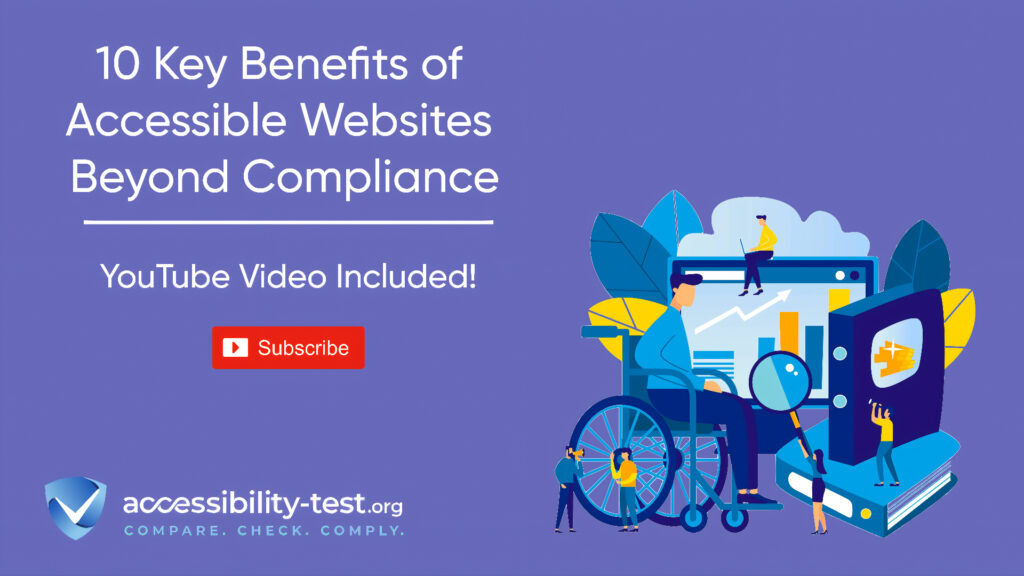
Compliance Benefits for Businesses
Implementing the Web Content Accessibility Guidelines (WCAG) 2.2 offers numerous benefits for businesses aiming to improve their online presence while adhering to accessible design practices. One of the most significant advantages is the enhancement of user experience. By creating a more accessible website, businesses enable all users, including those with disabilities, to navigate and interact with their content effectively. This ultimately leads to higher satisfaction, increased engagement, and more time spent on the website, contributing to improved customer retention and loyalty.
Another essential benefit of compliance with WCAG 2.2 is the broadening of the audience. Websites that adhere to accessibility guidelines can reach a wider demographic, including individuals with visual, auditory, cognitive, or motor impairments. By catering to these underrepresented groups, businesses can tap into new markets and drive sales growth. A commitment to accessibility also demonstrates a company’s dedication to inclusivity, which can enhance its brand reputation and attract socially conscious consumers.
Additionally, implementing WCAG 2.2 serves to mitigate legal risks associated with non-compliance. As awareness of accessibility rights increases, businesses face potential lawsuits and financial penalties if they fail to meet required standards. Establishing compliance with these guidelines can protect organizations from discrimination claims and costly litigation. By proactively adopting WCAG 2.2, businesses not only align themselves with best practices but also reduce the likelihood of facing legal challenges.
In summary, the benefits of implementing WCAG 2.2 are compelling for businesses. Enhancing user experience, expanding reach to diverse audiences, and mitigating legal risks are crucial factors driving the adoption of these accessibility standards. Companies that integrate compliance into their core strategies are better positioned to thrive in an increasingly digital landscape while upholding their commitment to inclusivity and accessibility.
Implementation Roadmap for Developers

Developers play a critical role in ensuring websites and applications are compliant with the Web Content Accessibility Guidelines (WCAG) 2.2. To achieve compliance efficiently, a structured roadmap can streamline the implementation process. This roadmap should prioritize actionable steps that enhance accessibility and optimize user experience.
The first phase of this roadmap involves conducting a comprehensive accessibility audit of existing digital assets. Utilize automated tools combined with manual testing to identify key areas that do not meet WCAG 2.2 standards. Focus on the most impactful issues, such as color contrast, navigation accessibility, and keyboard operability. Once the audit is complete, categorize these issues based on severity and user impact. Addressing high-priority items first will yield immediate benefits for users with disabilities.
Following the audit, the next step is to develop a plan for remediation. This plan should outline specific tasks and deadlines for each identified issue. An example of a high-priority fix is providing alt text for images, which is imperative for screen readers. Ensure that all images include descriptive alt text that conveys the intended message or function. Developers should also pay close attention to form elements, ensuring proper labeling and error messaging to support assistive technologies.
Subsequently, implement continuous testing throughout the development lifecycle. Incorporate accessibility checks into the code review process, emphasizing the shared responsibility between developers and quality assurance teams. Using user feedback can further enhance accessibility measures and identify areas that may have been previously overlooked.
Lastly, ensure regular updates and training sessions to keep the team informed about WCAG guidelines and best practices. This proactive approach not only helps in maintaining compliance but also fosters an inclusive digital environment, positioning the organization as a leader in accessibility.
Common Implementation Challenges
Developing websites that comply with the WCAG 2.2 guidelines can present several challenges for developers. One prevalent obstacle is resource constraints. Many organizations may lack the necessary personnel or expertise to thoroughly analyze and implement the changes required for WCAG compliance. Without dedicated staff or adequate training, the workload associated with redesigning aspects of a site to enhance accessibility can overwhelm existing teams, resulting in delays or inadequate execution of required changes.
Technical limitations also pose significant hurdles. Some developers work with outdated systems or frameworks that are not inherently structured to support modern accessibility standards. Legacy codebases can contain elements that conflict with WCAG 2.2 recommendations, making it challenging to update or retrofit the site without extensive rewrites. These technical constraints often lead to additional costs and time investments that organizations may find difficult to justify or manage.
The complexity of existing codebases is another critical challenge. Web applications that have evolved over time may contain a mix of coding styles, frameworks, and third-party components. Each of these components could have implications for achieving compliance with WCAG 2.2 guidelines. Furthermore, integrating new features aimed at enhancing accessibility while maintaining the functionality and design of the site can be complicated. Developers must ensure that the adjustments made do not inadvertently disrupt the user experience for either current or future users.
Overall, addressing these common implementation challenges necessitates a strategic approach to compliance efforts. Organizations should consider investing in training, establishing dedicated teams, and prioritizing system upgrades to facilitate a smoother transition to WCAG 2.2 compliance. By effectively addressing these barriers, developers can enhance the accessibility of their websites and improve overall user satisfaction.
Use our free scanner to identify WCAG 2.2 violations in 60 seconds.
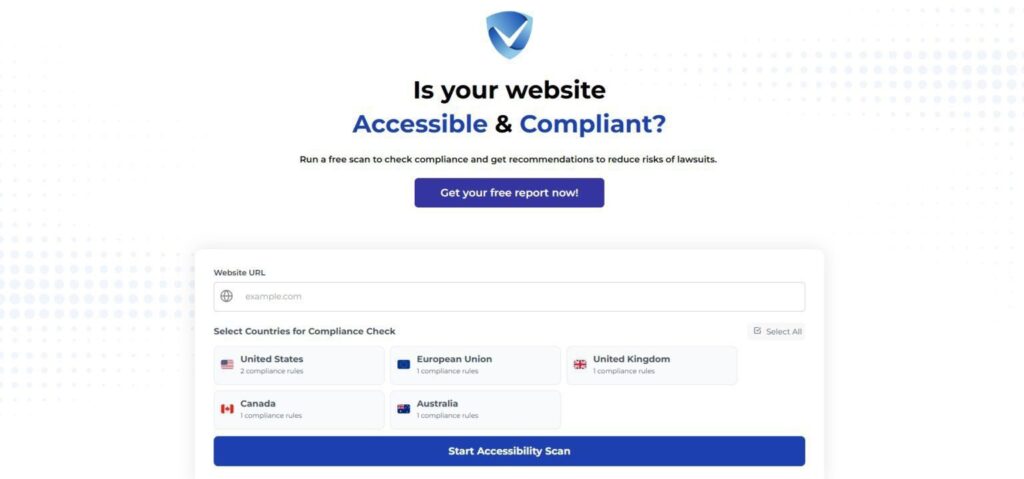
The landscape of web development is continually evolving, and with it, the standards for digital accessibility are also advancing. As we look beyond WCAG 2.2, several trends and emerging technologies are poised to shape the future of accessibility in web development. This evolution is stimulated by a growing awareness of the importance of inclusive design, ensuring that all users, regardless of their abilities, can interact with digital platforms effectively.
One significant factor influencing the future of accessibility is the rise of artificial intelligence (AI) and machine learning technologies. These advancements can enhance user experience by providing real-time assistance, personalized content, and automated accessibility checks. For instance, AI-driven tools may analyze web content dynamically to offer modifications that ensure compliance with accessibility standards. This could lead to the creation of websites that adapt based on user interactions, making them more inclusive for individuals with diverse needs.
Moreover, the integration of augmented reality (AR) and virtual reality (VR) into web platforms presents new challenges and opportunities for accessibility. As these technologies become more prevalent, developers will need to consider how to make their immersive experiences accessible to all users. This includes designing intuitive navigational features, ensuring captioning for audio-visual content, and providing alternative interfaces that accommodate various disabilities.
Apart from technological improvements, the evolving legal landscape surrounding accessibility can also impact future web standards. Governments and organizations are increasingly establishing regulations that mandate more comprehensive accessibility measures, prompting developers to stay ahead of compliance requirements. As a result, embracing inclusive design principles throughout the development process will become essential.
Ultimately, the future of digital accessibility in web development will rest upon a combination of innovative technologies and a steadfast commitment to creating inclusive environments. By anticipating these trends and adopting a forward-thinking approach, developers can ensure that their websites meet the needs of all users, fostering an equitable digital landscape.



